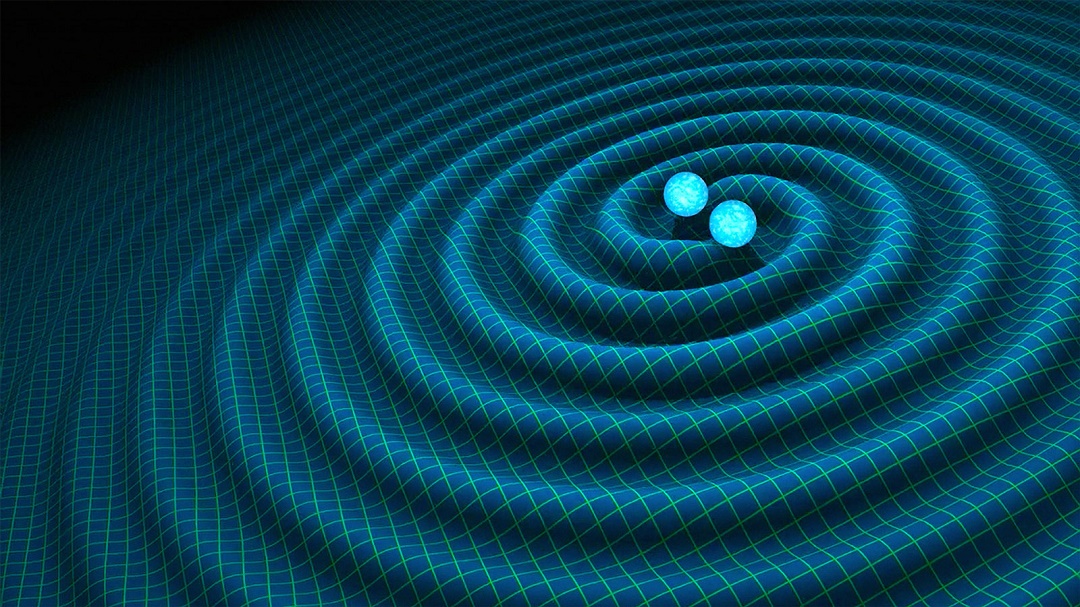
The research experiment called LIGO has detected gravitational waves. The discovery is considered groundbreaking and is accomplished 100 years after Einstein predicted the phenomenon.
The news came this week after six months of growing rumors and was presented on Thursday at two parallel press conferences in the US and Europe.
Colliding Black Holes
Gravitational waves are minimal fluctuations in actual space. An enormous collision was picked up by LIGO and for the researchers it was unmistakable, originating from two black holes that merged 1.3 billion light years away.
The discovery is considered so groundbreaking it may imply a new era in physics and is indeed deemed by many worthy of a Nobel Prize.
Gravitational waves are a consequence of Einstein’s general theory of relativity. As Einstein, himself predicted the phenomenon in 1916, one year after he launched his theory of relativity. But since then, no one has managed to confirm their existence.
Researchers at the LIGO have worked for decades trying to detect gravitational waves. The experiment has developed during this same time and between 2002 and 2010 they tried with an earlier less powerfully version of their detectors without success.
Minimal Distortions Space
The difficulty of detecting gravitational waves derive from the simple fact that they are extremely small distortions. They arise as a kind of surge in space when massive celestial bodies accelerate when for example they rotate around each other. The waves are distortions in the very space that propagate with the speed of light.
All objects in space emit gravitational waves. Earth do when orbiting the Sun, but these waves are negligible. But when extreme events such as when two black holes rotate around each other and eventually collapse, this generates gravitational waves that can be detected by sophisticated measuring instruments. And that is exactly what LIGO experiment has succeeded in doing.
Nobel Prize
The Laser Interferometer Gravitational-Wave Observatory, LIGO for short, was cofounded in 1992 by Kip Thorne and Ronald Drever of Caltech and Rainer Weiss of MIT. It is a joint project between scientists at MIT, Caltech, and many other colleges and universities.
Situated at the Hanford Site in the U.S. state of Washington and in Livingston, Louisiana. It was funded by the US National Science Foundation (NSF), with important contributions from the UK Science and Technology Facilities Council, the Max Planck Society of Germany, and the Australian Research Council.
Some now speculate that Weiss and Thorne could be candidates for a future Nobel Prize. The LIGO team in total includes more than 1,000 researchers.
Earth Became a Nucleus Larger
The gravitational waves detected by LIGO pulled out and compressed the Earth a hundred-thousandth of a billionth of a meter as they passed the planet on September 14 in 2015. That is about the size of an atomic nucleus. To measure such small distortions requires an extremely sensitive measuring instrument, called interferometers.
Interferometry use the properties of light to measure minute changes in the distance. One can say that the LIGO interferometers-experiment consists of two huge meticulous, 4,000-meter long frame gauges, these frame gauges are located perpendicular to each other and form a kind of L.
Then using laser light, the researchers are able to compare the length of the frame gauges and discern changes that are less than one ten thousandths of the size of a proton. Meanwhile, the researchers must avoid all possible vibrations that could disturb the measurements, from distant earthquakes to airplanes and traffic on the roads.
Since the discovery in September, the scientists at LIGO carefully examined the data, ruled out all possible sources of error, checked and double checked. The discovery is now beyond any doubt. Not least since the pulse of gravitational waves that passed Earth on September 14 was detected by the LIGO experiment at the two different observatories in both Louisiana and Washington, with a fraction of a second apart.
A New Era of Physics?
The discovery confirms a wide variety of theoretical work, including Einstein’s general relativity, which indeed predicted gravitational waves some 100 years ago. The signal predicted by Albert Einstein looks exactly like the signal detected according to the researchers.
Many physicists now believe that the significance of the discovery is not only that we for the first time are able to see gravitational waves. The LIGO experiment is also believed to have opened the door for a whole new way to study the cosmos.
Researchers could with the help of gravitational waves study objects that do not emit any light at all – black holes – and with new precision test theories of gravity.
It could also offer much deeper insight into the fiery inferno at the birth of the universe which is indeed impervious to light – but not to gravity waves. The extreme expansion shortly after the birth ought to generate huge gravitational waves.
This discovery is the beginning of a new era: To study the Universe using gravitational waves is now a reality
– LIGO-experiment researcher Gabriela González, a professor at Louisiana State University.
The findings have been published in the prestigious journal Physical Review Letters.
_____________
Observation of Gravitational Waves from a Binary Black Hole Merger
__________________________

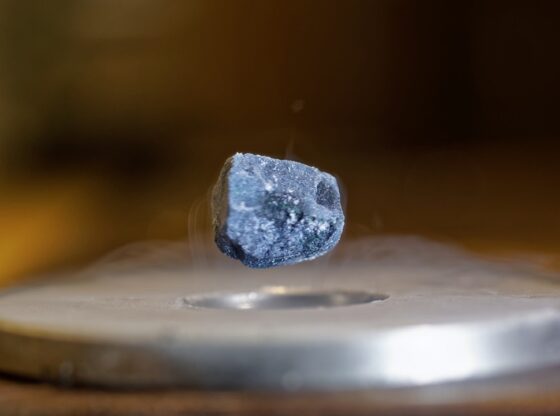

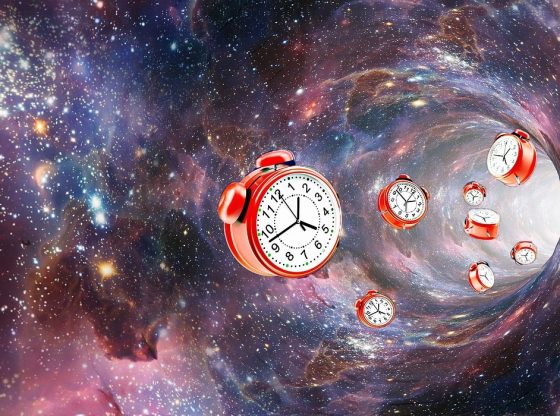
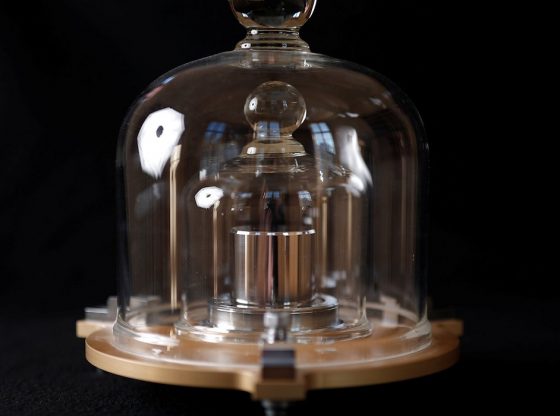
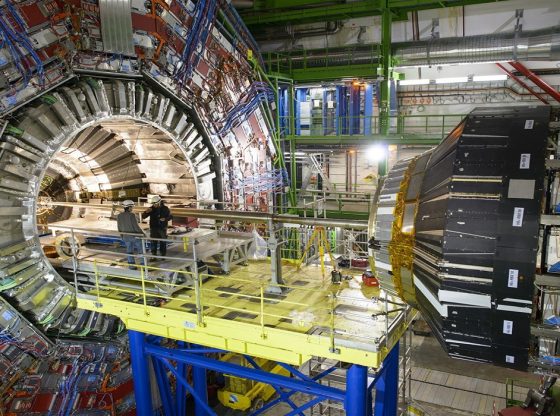
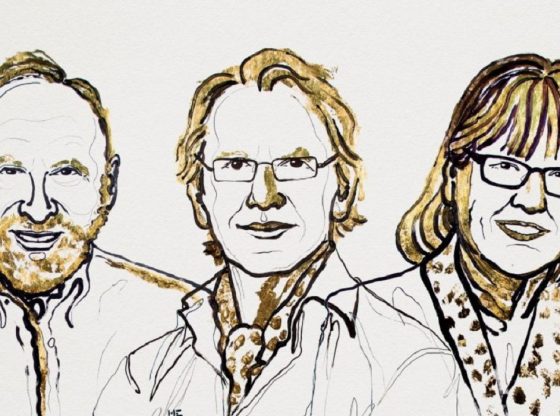
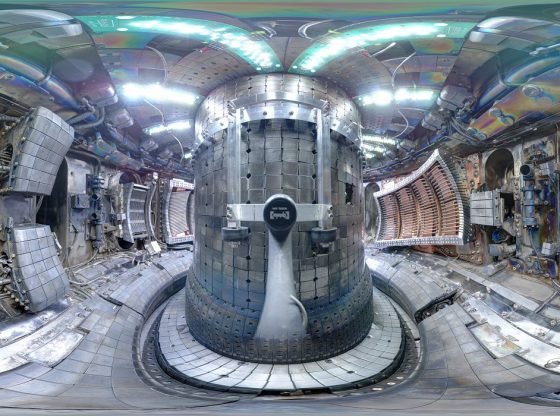
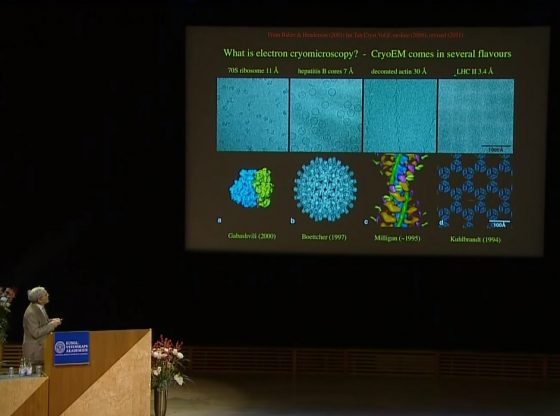
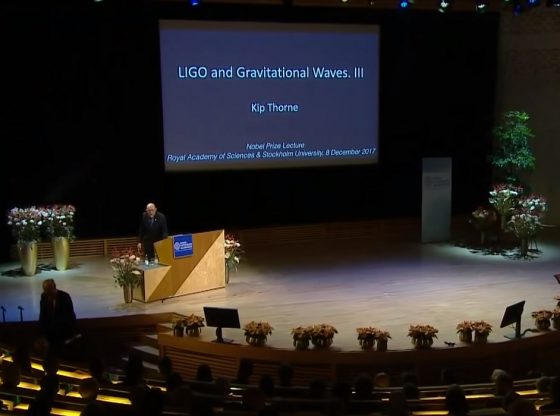
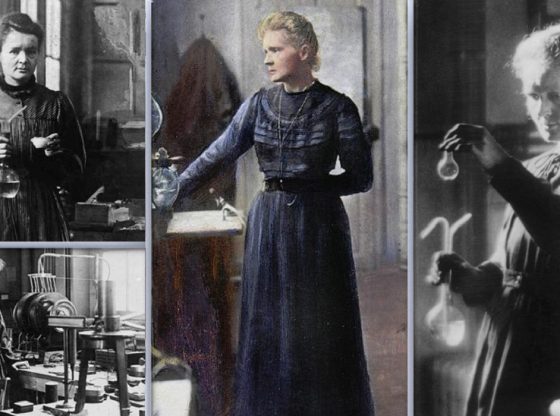
![OpenAI. (2025). ChatGPT [Large language model]. https://chatgpt.com](https://www.illustratedcuriosity.com/files/media/55136/b1b0b614-5b72-486c-901d-ff244549d67a-350x260.webp)
![OpenAI. (2025). ChatGPT [Large language model]. https://chatgpt.com](https://www.illustratedcuriosity.com/files/media/55124/79bc18fa-f616-4951-856f-cc724ad5d497-350x260.webp)
![OpenAI. (2025). ChatGPT [Large language model]. https://chatgpt.com](https://www.illustratedcuriosity.com/files/media/55099/2638a982-b4de-4913-8a1c-1479df352bf3-350x260.webp)








